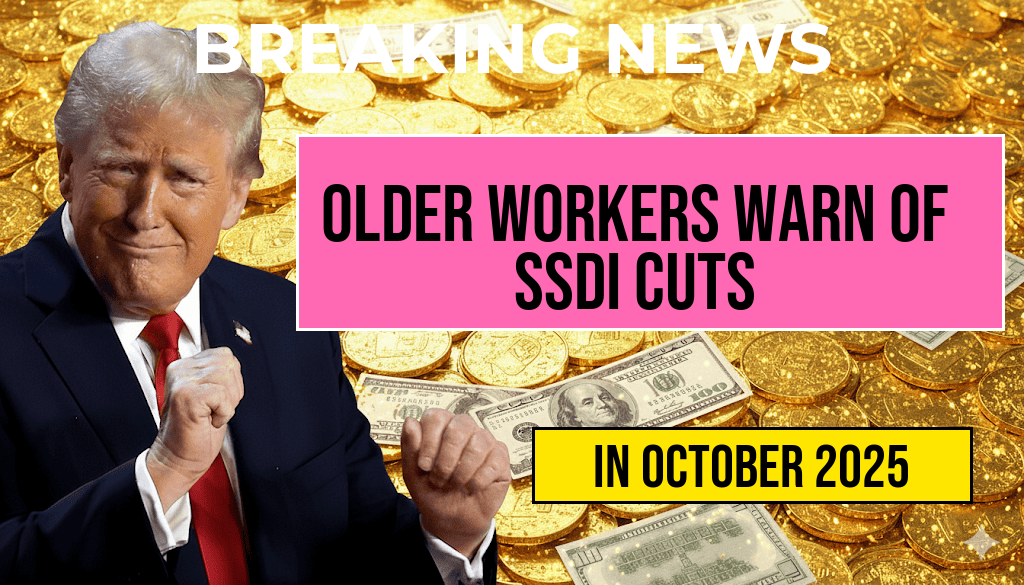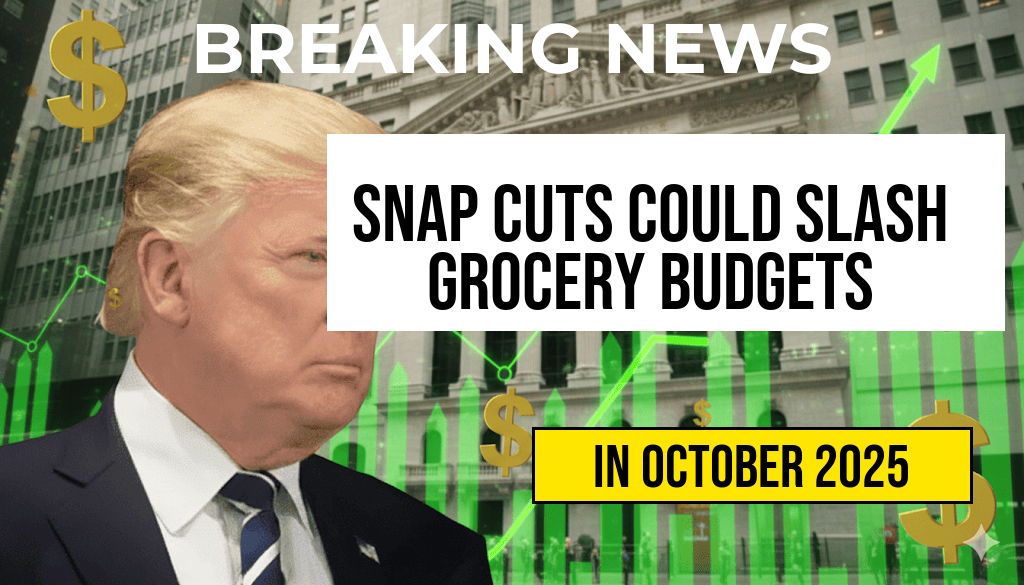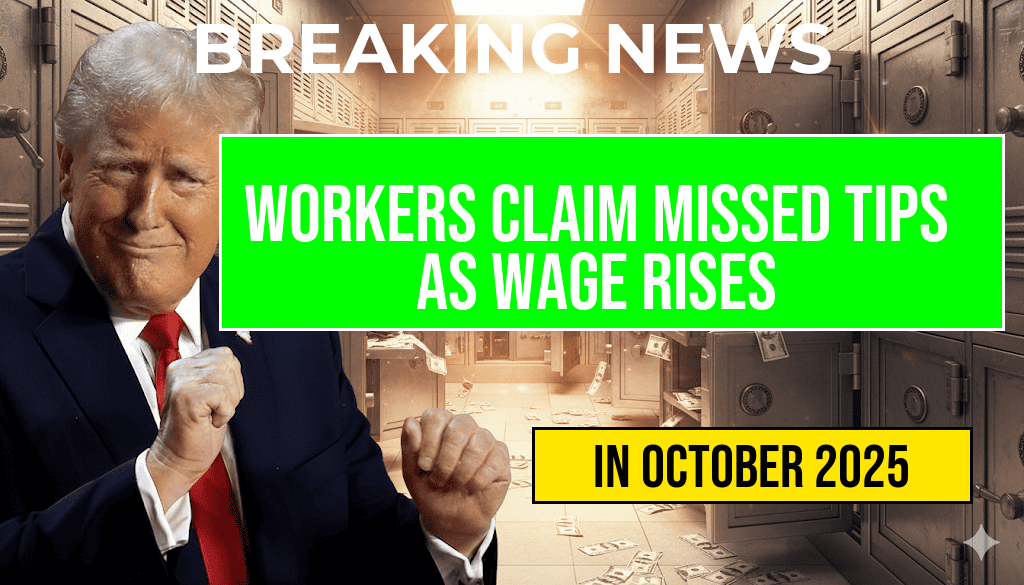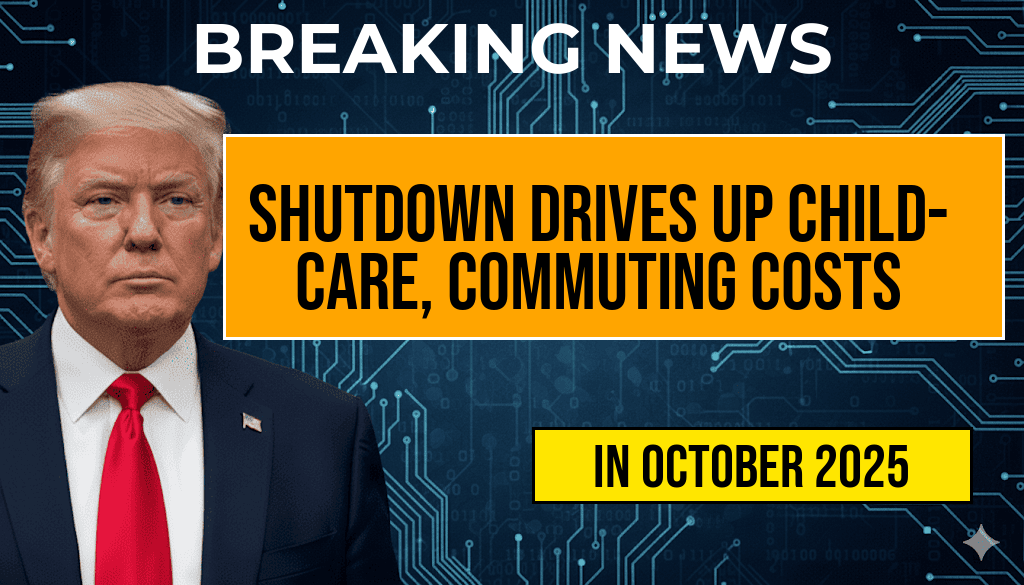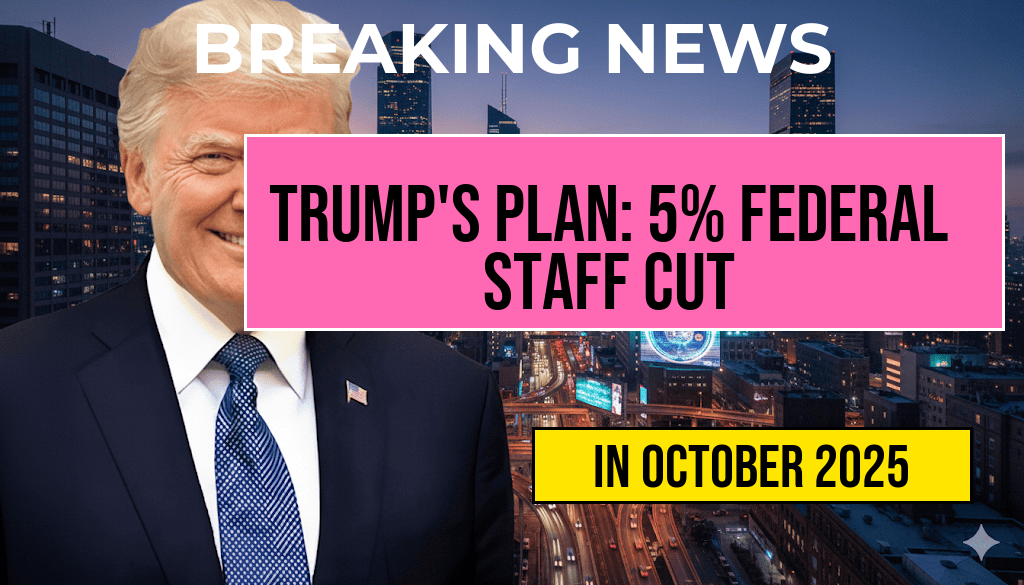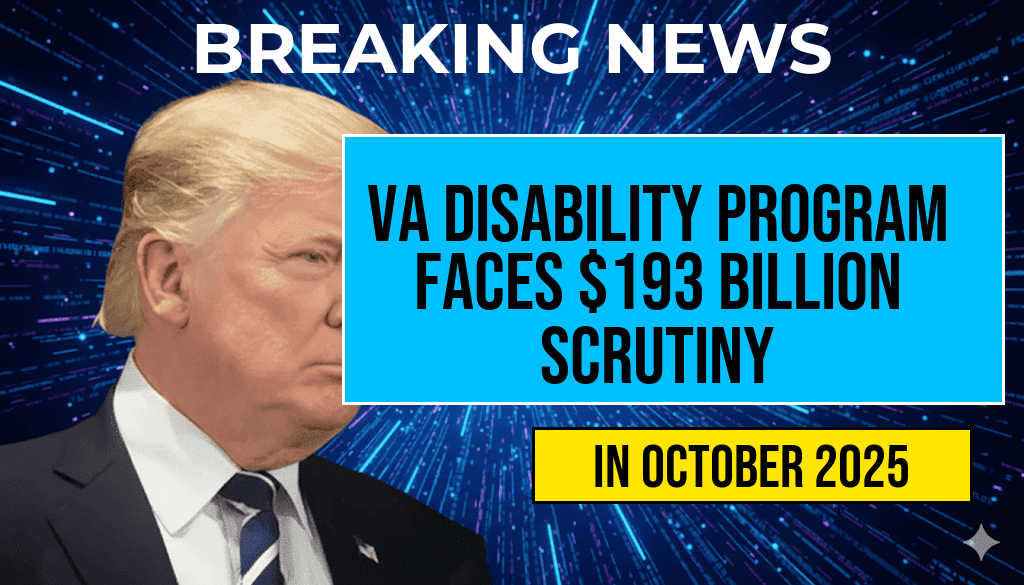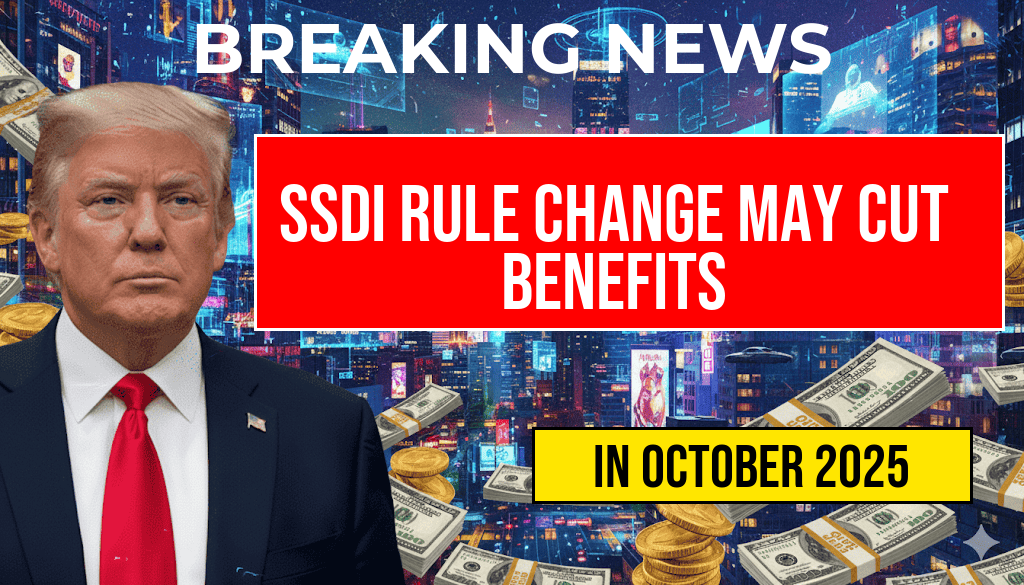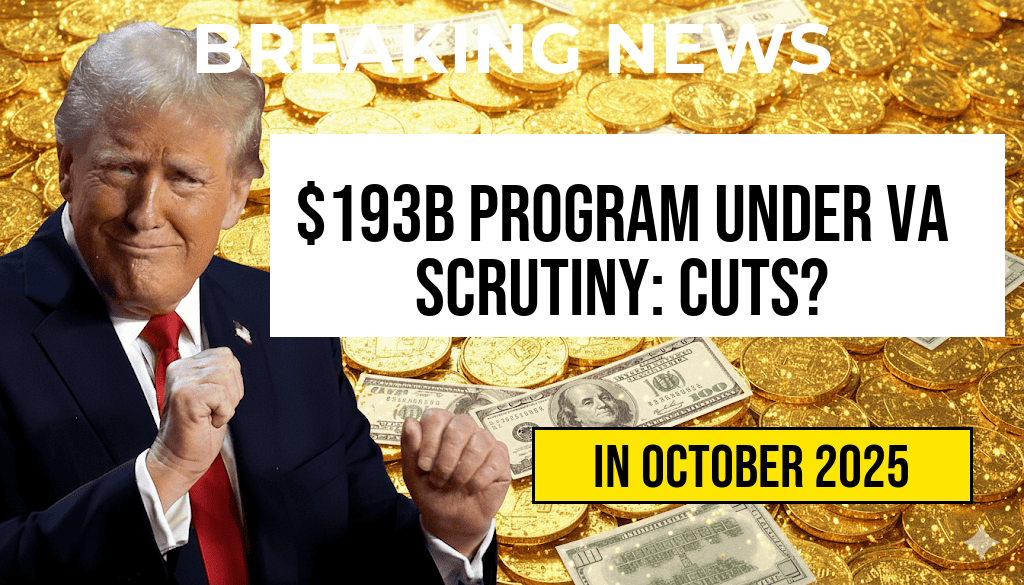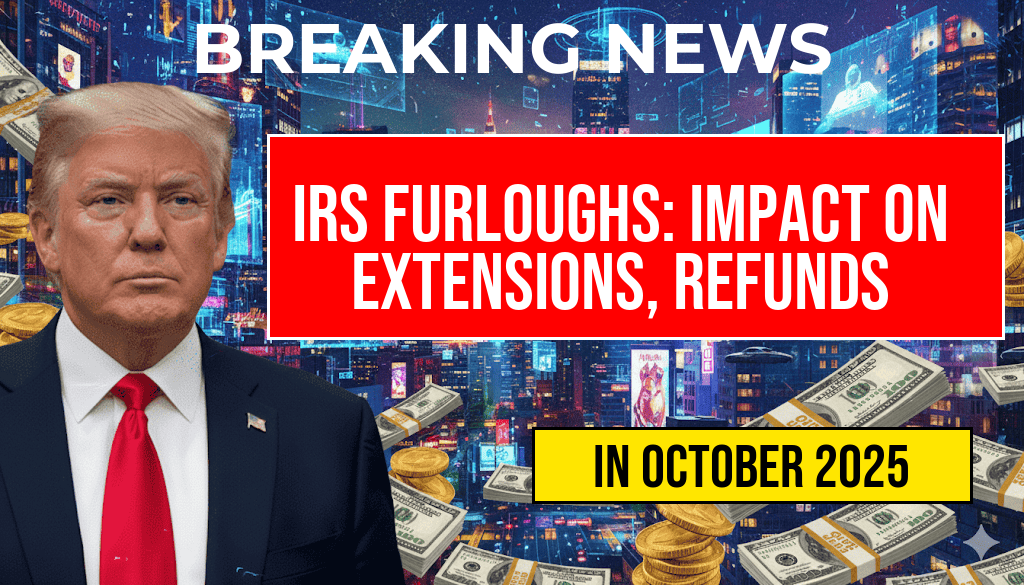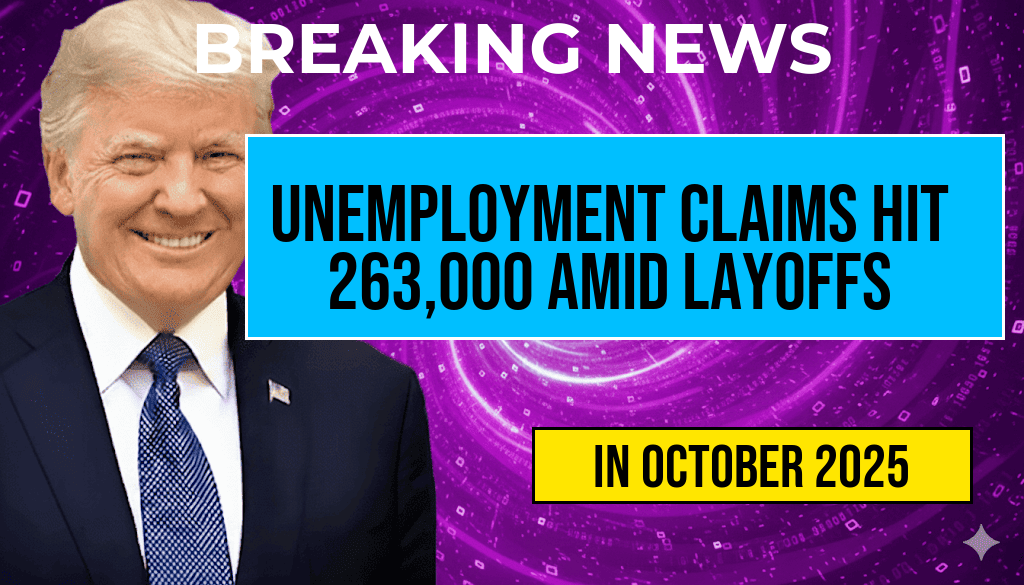Former President Donald Trump recently unveiled a controversial workforce plan that proposes a 5% cut in federal staff, a move that supporters argue could save billions of taxpayer dollars. However, critics warn that this plan could leave thousands of federal employees without pay overnight, potentially destabilizing their livelihoods and affecting government operations. The proposal, which emerged during Trump’s ongoing campaign for the 2024 presidential election, aims to streamline government agencies and reduce what he describes as bureaucratic waste. While proponents view it as a necessary fiscal reform, opponents raise concerns about the immediate impact on federal workers and the services they provide.
Understanding Trump’s Workforce Strategy
Trump’s plan aims to reduce the size of the federal workforce by 5%, which he claims could lead to substantial savings in federal budgets. The projected savings are estimated to reach billions annually, a figure that resonates with his base of supporters advocating for reduced government spending. The proposed cuts would primarily target positions deemed non-essential, focusing on efficiency and effectiveness within federal agencies.
Potential Financial Benefits
According to Trump’s campaign, reducing the federal workforce could result in significant cost savings. Here are some potential financial benefits of the plan:
- Reduced Payroll Expenses: A 5% workforce reduction could lower payroll costs significantly, freeing up funds for other government initiatives.
- Increased Productivity: Advocates argue that trimming excess staff could lead to a more motivated workforce, as remaining employees may feel more empowered in their roles.
- Streamlined Government Operations: Fewer employees could lead to a more focused approach to government services, reducing redundancies across agencies.
Immediate Impact on Federal Employees
Despite the potential financial benefits, the immediate ramifications of such a substantial workforce reduction could be dire for many federal employees. Critics of the plan highlight the following concerns:
- Job Losses: The 5% cut could translate to thousands of federal workers losing their jobs overnight, creating a significant economic shock for affected families.
- Service Disruptions: A sudden loss of personnel may hinder the ability of federal agencies to provide essential services, impacting everything from social security payments to public safety measures.
- Increased Unemployment: The abrupt job losses could contribute to rising unemployment rates, particularly in areas heavily reliant on federal employment.
Reactions from Lawmakers and Experts
Responses to Trump’s workforce plan have been mixed. Some Republican lawmakers have expressed support, arguing that efficiency is necessary for a government often criticized for its size and spending. “We need to trim the fat,” said one unnamed Republican senator. “This plan could be a step toward a more efficient government.” Conversely, Democrats and labor unions have condemned the proposal, warning that it could undermine the stability of vital government functions.
Experts in labor economics have also weighed in on the potential fallout. “While the intention behind reducing federal staff may be to save money, the consequences could be far-reaching,” said Dr. Emily Roberts, a labor economist at the Brookings Institution. “It’s crucial to consider not just the savings, but the impact on workers and the services they provide.”
Long-Term Implications
In addition to immediate job losses, the long-term implications of Trump’s workforce plan could reshape the federal employment landscape. Some potential effects include:
- Recruitment Challenges: The prospect of job cuts may deter new talent from entering public service, leading to a less skilled workforce over time.
- Workplace Morale: Remaining employees may experience decreased morale and increased anxiety about job security, potentially undermining productivity.
- Public Trust: Continuous workforce reductions could erode public trust in government institutions, as citizens may feel that essential services are at risk.
Conclusion: A Divisive Proposal
Trump’s workforce reduction plan has ignited a fierce debate about the future of federal employment and the role of government in American society. As the 2024 election approaches, this issue will likely remain a focal point of discussion, reflecting broader concerns about fiscal responsibility, government efficiency, and the well-being of federal workers. The implications of such a significant workforce reduction will reverberate through the economy, affecting not only those directly employed by the federal government but also the millions who rely on government services.
For further information, you can visit Wikipedia and Forbes.
Frequently Asked Questions
What is Trump’s Workforce Plan?
Trump’s Workforce Plan proposes a 5% cut in federal staff, aiming to reduce government spending and potentially save billions of dollars.
How much money could be saved by implementing the plan?
The proposed 5% cut in federal staff could save the government billions of dollars, although the exact amount is still under discussion.
What are the potential consequences of the staff cuts?
The plan may leave thousands of federal employees without pay overnight, raising concerns about job security and the impact on public services.
Who would be affected by the staff cuts?
The 5% cut would affect federal employees across various departments, potentially leading to layoffs and increased workloads for remaining staff.
Is there any opposition to Trump’s Workforce Plan?
Yes, there is significant opposition from various groups who argue that such cuts could undermine essential government services and hurt the economy.

